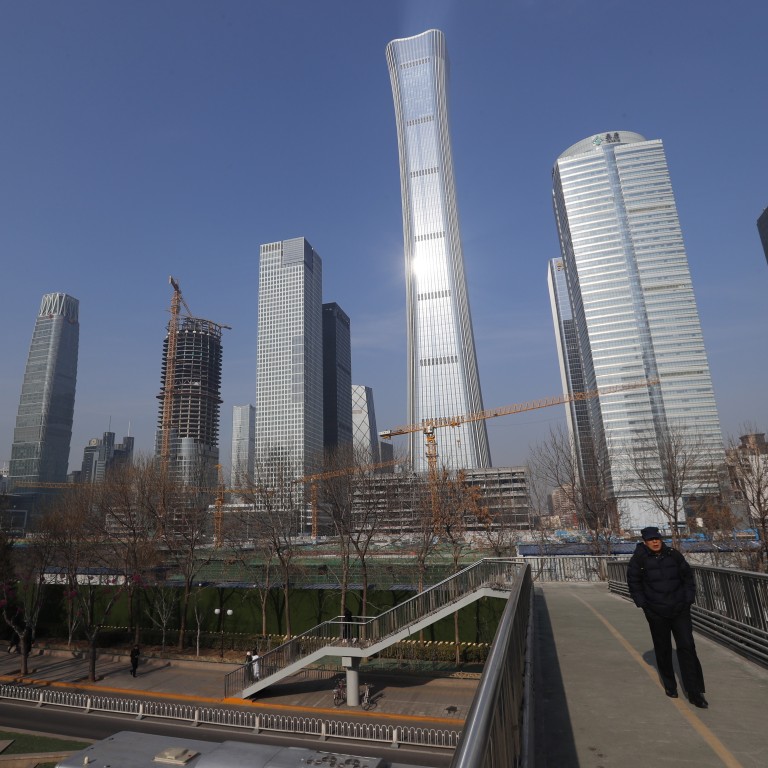
China’s provinces lower growth targets after central government takes over task of compiling GDP figures
- Revision follows move to address long-standing problem of combined provincial total exceeding national figure
- So far two thirds of local growth targets have been cut amid a renewed focus on ‘high-quality’ growth
More than two thirds of China’s provinces have lowered their 2020 growth targets after the central government said it would start compiling provincial gross domestic product totals.
The move comes as the leadership’s focus moves towards “high-quality growth” and addressing technological and demographic challenges
Some fast growing regions also slowed their planned pace of expansion. For instance, the southwestern province of Guizhou, which has attracted extensive investment in recent years, has an 8 per cent growth target after growing by 9 per cent last year.
Two provinces, Sichuan and Yunnan, have yet to release their targets and seven others, including Liaoning and Chongqing municipality, have left their 2020 targets unchanged.
Tianjin, the debt-ridden municipality 120km east of Beijing, has been so far the only one to set a higher target, of “around 5 per cent”. Its 2019 growth figure was 4.5 per cent.
The central government’s renewed focus on stability will require extensive efforts to limit unemployment and a shake-up of the financial system targeting vulnerable retail investors.
This increasingly cautious approach reflects concerns about the risk from local authorities racing to meet high growth targets.
The investment frenzy that followed the 2008 global financial crisis has seen local governments building up debts worth a total of 21.3 trillion yuan (US$3.1 trillion) and a potential 30 trillion yuan in implicit liabilities.
However, there is also a long-standing target of eliminating extreme poverty and becoming a moderately prosperous society by the end of the year – which will be defined by GDP doubling since 2010.
Last month Han Wenxiu, deputy director of the Office of the Central Economic and Financial Affairs Commission, warned that financially struggling local authorities should not overstretch themselves.
No strong stimulus is needed, but countercyclical adjustment may be needed to ensure employment
Meanwhile, the pressure to hit high local growth targets lessened significantly on Saturday after NBS revised national growth figures by 0.1 percentage points for each year from 2014 to 2018 following the fourth economic census.
Yan Se, an associate professor at Peking University’s Guanghua school of management, said this revision had lowered this year’s growth floor – the minimum needed to hit the target of doubling GDP – to 5.5 per cent from 5.8 per cent.
Only four provinces have set growth targets lower than 5.5 per cent.
“No strong stimulus is needed, but countercyclical adjustment may be needed to ensure employment,” he said.

